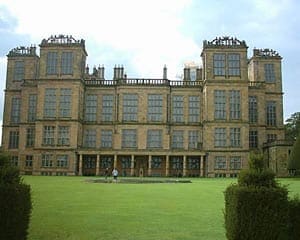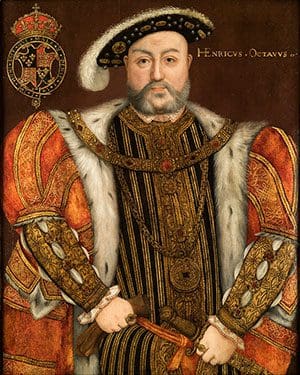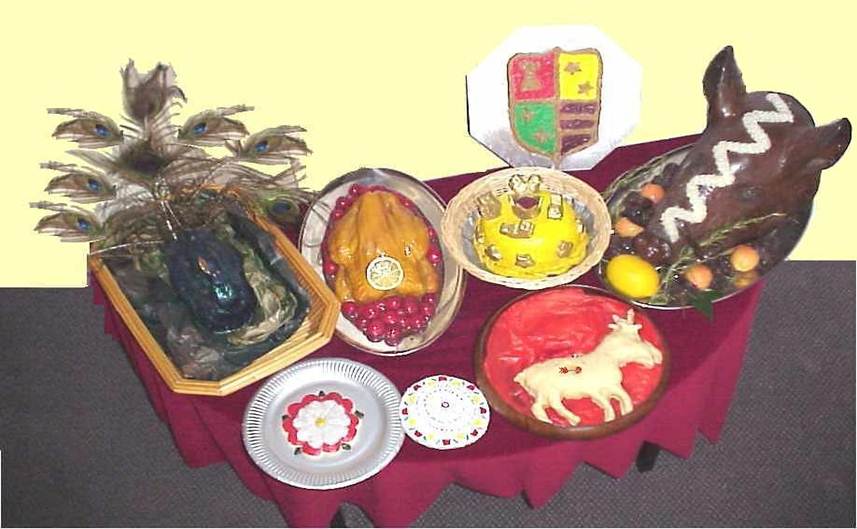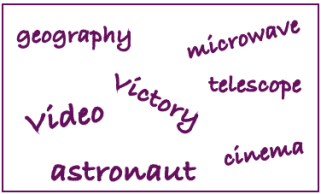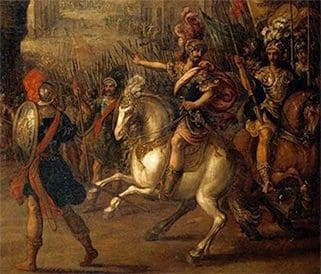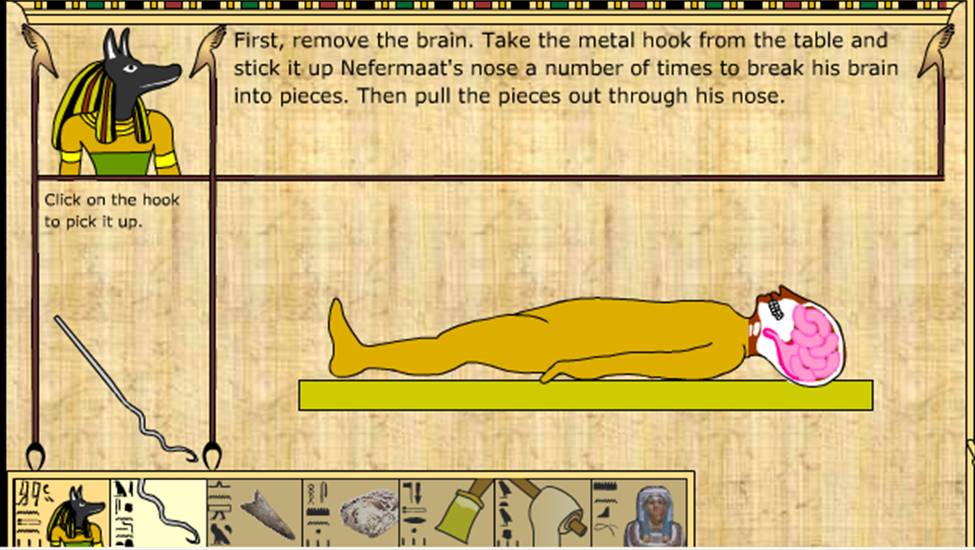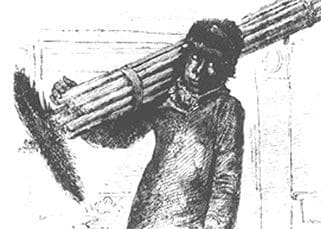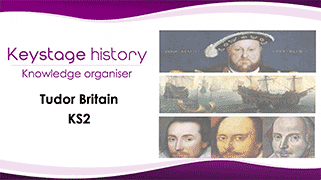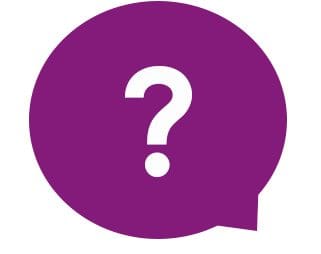
In the classrooms of some non-specialist Key Stage 2 teachers, history is still presented as the story of the past. It is enjoyed as story full of colour, fascination, action and the occasional gory bit. These teachers know that children love history. When asked, the children often declare it as their favourite subject. They read enthusiastically about the past as the high-volume of history-based non-fiction loans from libraries confirms. So where is the problem? Well, whilst all this is fine, children need more. They need to build a worthwhile understanding of history as a construct.
They need to know that the story of the past is told differently. They need to grasp that history is created from the evidence that remains. Sometimes this evidence is fragmentary or contradictory so we have to weight it and test it for reliability. Historians have to find ways of making

